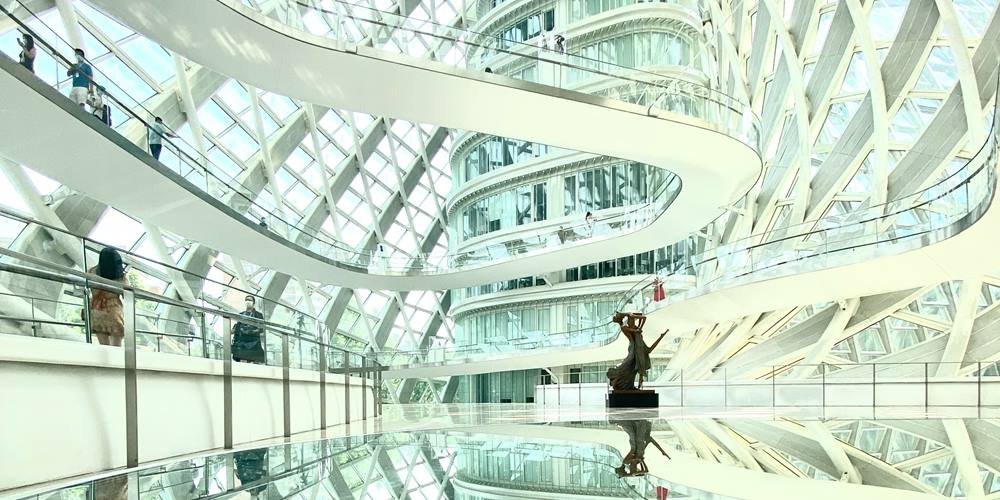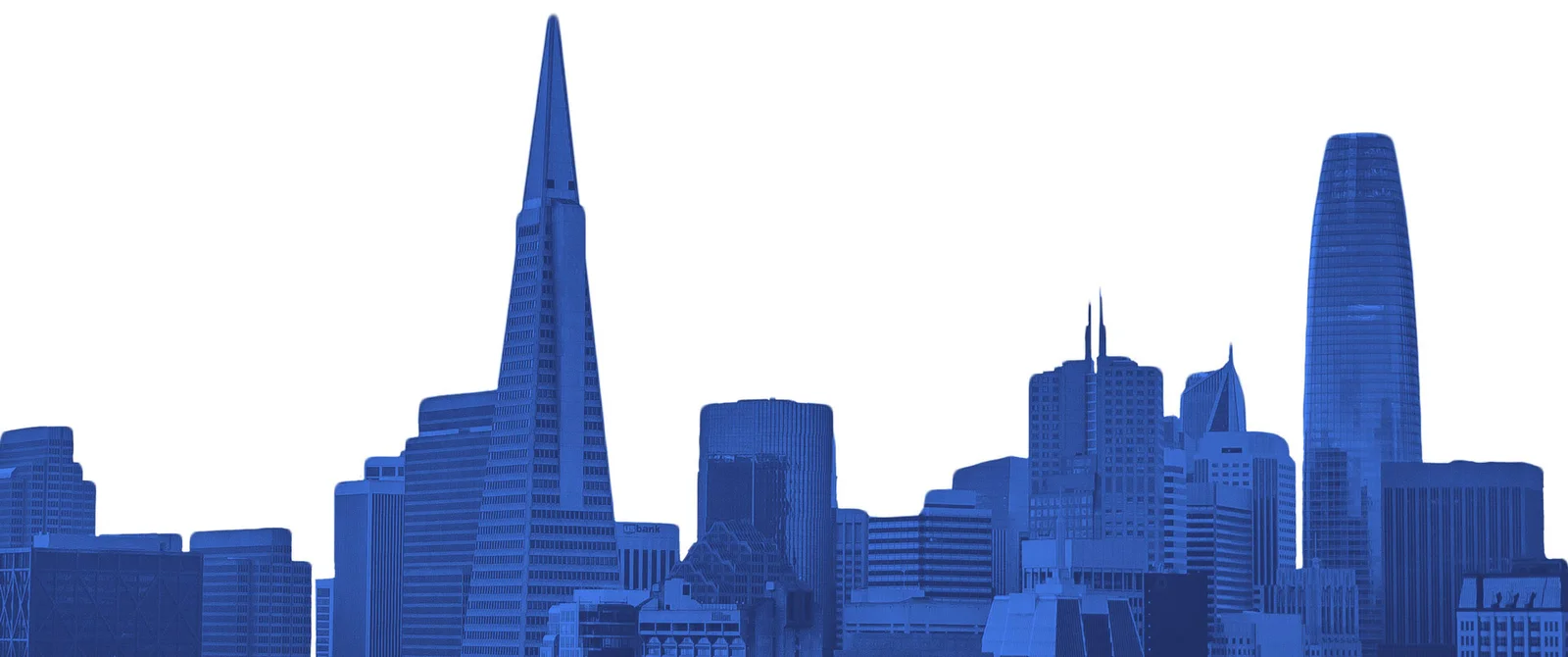Shopping malls are one of the most hard-hit commercial real estate properties in the Coronavirus pandemic. Store owners are now suffering from low foot traffic and shoppers’ reluctance to spend.
Sales have dropped 22% compared to last year, and the hardest hit is clothes and shoe stores, especially after the stay-at-home orders introduced in March and April. After a historic drop in sales due to the pandemic, retailers are urging fresh stimulus to prevent the total shopping apocalypse by shifting their primary cash flow on the internet and adopting new business ideas.
Moving the sales online
Just when the digital era started to get familiar with many shopping mall experiences, the coronavirus pandemic upended everything. Since big-city centers are continuously experiencing a huge upheaval, and the revelation of new, contemporary trends – better management of big data usage offers a better response to consumers’ needs.
The transition toward entertainment and socializing on the internet, and the increasing importance of health venues, are reshaping customers habits in shopping.
Online shopping has become a necessity! The growth of online shopping has increased in popularity in the post-pandemic era, calling into question the need for an extensive online network creation for every store, particularly those who are selling electronics, books, sports goods, and “fast” fashion products – these stores are thriving online!
Retail firms considering bankruptcy
The hardest-hit stores are surely small and independent retailers. They are still battling, but with little success, and since so much real estate properties are now available within a short time, they will certainly face the most change and the closing of their stores.
Some retailers have actually flourished during the pandemic, (Walmart, Target, Kroger, Home Depot) offering essential services including groceries shopping and home improvement goods, but only a few of these are typically located in malls. Department stores and apparel retailers who are dominating most malls are now floundering.
This retail crisis is spurring calls for the government of many countries to drop their strict rules on trading, demanding nationwide and/or international marketing campaigns and shipping.
Although lower taxes are welcome, the retail sector requires urgent stimulus measures in the future, including bankruptcy protection and more efforts to spur consumer demands.

Employing new businesses ideas
Malls are creating a reason for consumers to return to in-store shopping post-COVID-19!
The COVID crisis has impacted shopping malls deteriorating their business plan. Owners are obliged to get creative in order to survive, which means getting creative and employing new business ideas to trigger a new rise.
Focusing on safety and convenience, in the center is consumers’ desire for social interaction and their need for a safe, easy shopping experience.
Today’s shoppers are demanding a safe, frictionless environment, so the implementation of a more sustainable and safety certified real estate is becoming a practice to reduce negative impact, human-made and environmental.
Rethinking the role of the store, and emphasizing the associate’s role in facilitating an exceptional customer experience, malls are now focusing on showrooms, pop up locations and other innovation formats. Food is another anchor that brings visitors to the mall as less relevant fashion retailers move out.
By embracing technology, malls are capitalizing on digital tools and maximizing productivity, efficiency, and creating experiences that are dynamical and engaging.
Malls have also become a new destination, created for a multi-purpose environment and offering extensive leisure activities and real estate like offices, residential, and cultural amenities.
The customer journey has been evolving
It’s no longer simply about visiting a store. For quite some time now, the shopping experience involves an overall brand examination through omnichannel platforms. After finishing their research online, customers arrive at the store already knowing exactly what they want!
The mall of the future is a destination that feeds every requirement of our lives, including the need to be social. The futuristic mall community is a place where people can live, work, play, and eat. Might even no longer be called a “mall” at all.









